XIV. Höfðar, A Forum of Faiths, 2020
Stephanie Reid- stephanie20(at)lhi.is
The context of the design course Urban Lab - Design Agency for the academic year 2019-2020 is the area of Höfðar which is located in Reykjavik.
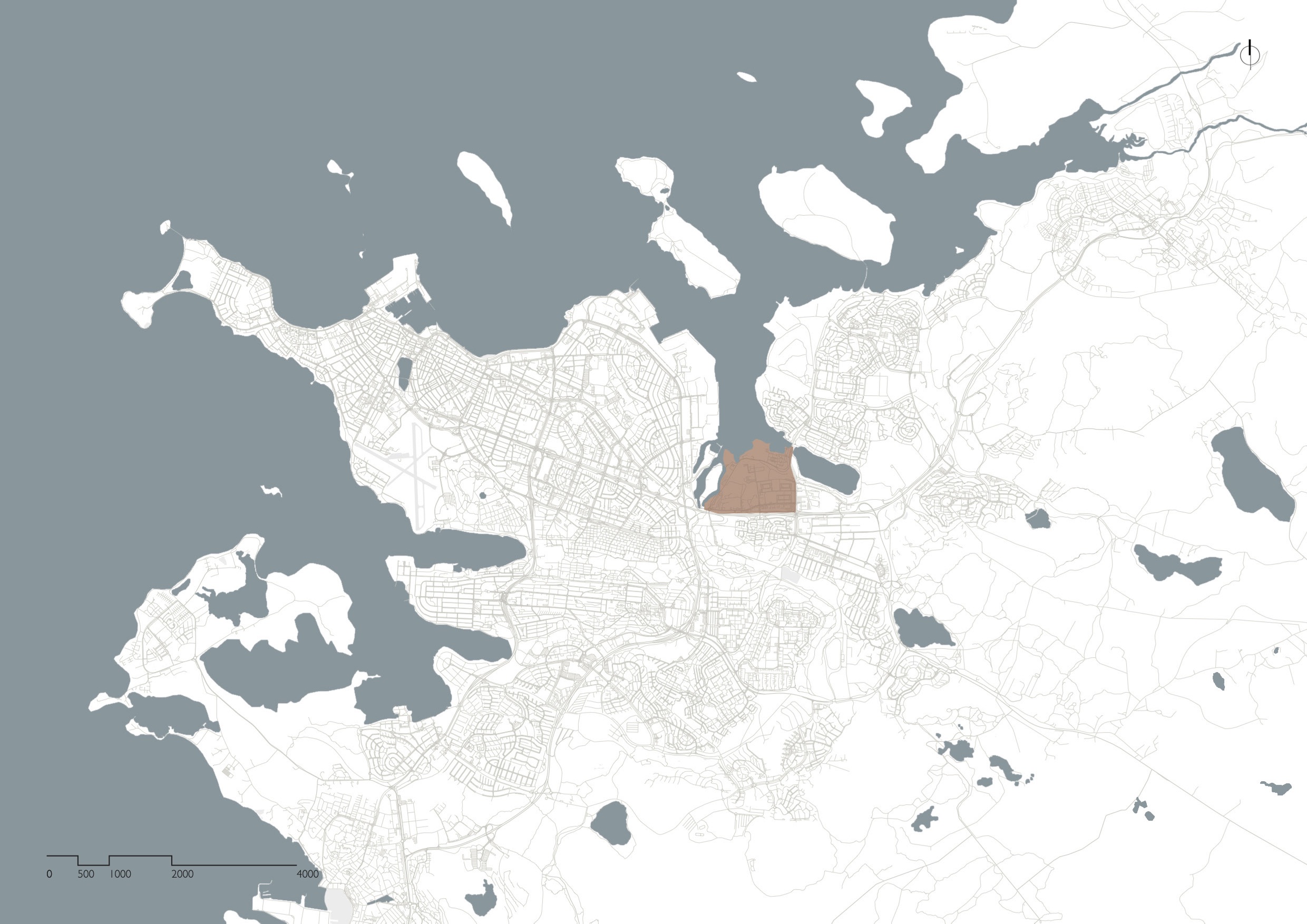
Map of Reykjavik with Höfðar in evidence
Höfðar hosts 2,751 inhabitants and more of 300 activities which altogether offer employment to thousands of people.

Map of Höfðar
54% of the surface of Höfðar is covered by water repellent materials which interfere with the natural water flow.

Water repellent surface in Höfðar
There are 8,764 parking lots in Höfðar which altogether cover a surface of 109,550 square metres.

Map of the parking places in Höfðar
By directly observing their usage it is discovered that on average only 50% of them is in use.

Map of the use of the parking places in Höfðar
These information tells us that a new plan for Höfðar must be envisioned one that is ecologically robust and socially vibrant.
In the Master Plan for 2030, Höfðar will be deeply tranformed: 6,200 new residential units will be built and ultimately support a population of over 15,000 inhabitants.

Proposed plan of Höfðar for 2030
This massive transformations give us the opportunity to designing Höfðar and reflecting upon contemporary urban living, to rethink the relationship among us and nature. A manifesto that embodies these intentions has been developed and it reads like this:
The Manifesto for Höfðar
Bigger context
When developing Höfði we should consider what purpose the area can serve in a bigger context. Reykjavík has been planned around the cars’ idea, which includes zoning and urban sprawl. This has created many problems both in urban planning as well societal. Höfði offers a good opportunity to reverse this development. The location of Höfði, close to the centre point of the urban area of Reykjavík, as well as the large unbuilt area, are important conditions for these changes.
What are the effects that Höfði should have on Reykjavík / Iceland / Earth?
A different transportation culture
Höfði will be the first area in Reykjavík to be developed with borgarlína (bus rapid transit system) in mind. It is important that we take radical steps in making borgarlína the first choice of transportation for most of the inhabitants of Höfði. We want to change the transportation culture of Reykjavík and to do that we need to create a walkable environment.
Organic evolution of a community
To create this sort of neighbourhood we need to make sure that certain essential services are present in a walking distance. The challenge is to integrate new residential dwellings within an existing environment. We want to create an opportunity for more diversity in the area, to achieve this we need to design adaptable architecture that is an architecture that is open to transformation and for a variety of services to evolve in an organic way.
Nature in everyday life
We want to make nature a part of everyday life of the people of Höfði. Nature can be translated in different forms: urban agriculture, coastal walks, riparian ecosystems. We would like nature to serve a purpose in the infrastructure of the area and in improving public spaces. The local geology, flora, fauna and ocean must all be taken into consideration.
With development there is always a certain disturbance of the ecosystem. We emphasize the importance of minimizing this disturbance. We need to be aware of the climate crisis and of its irreversible effects on cities and nature.
Green construction
We need to demand higher environmental and ethical standards not just in terms of materials and energy consumption but also in terms of processes and labour conditions. It is also important to consider the ecological and social benefit of repurposing buildings as a more ecological and social just way to imagine the future.
The effect of Höfði
It is clear to everyone that a societal change of behaviour is needed if we wish to prevent the worst-case scenario predicted by climate scientists. The effects of Höfði from an environmental perspective are limited, however we can create a model of ecological and ethical living. Iceland could lead the way into the future for radical experimentation in the way cities are planned and constructed.
Thirteen stories have been consequently developed by the second year students in architecture at the Iceland University of the Arts.
This is one of them.
____
A Forum of Faiths
Fear is commonly rooted in misinformation or missing information. We distrust what we don’t understand. If we know and understand our fellow man, we will have an incentive to help and protect one another, we will feel compassion and empathy for the people in our community, and this is my goal. By providing space for dialogue, conducted in a positive and inclusive way, I hope to inspire cooperation and true friendship between groups which may not currently have the opportunity to interact.
I have focused on creating an active centre where the people of Höfðar can come to learn about and begin to know one another through culture and faith. Religious education is an important part of general education and could be enlivened by a more experience-based method of teaching. Weight is given to spaces which derive their power not from what I fill them with, but from the people who would use them. Of course it is possible, and common, to be moved by your surroundings, but an earnest orator, who shares with you fundamental truths about the world, and reveals the key to mysteries which prevented your progress, can have a lasting impact on how you view and interact with the world. I advocate for discussion, debate, collaboration, and even performance as teaching methods. My aim is to provide the potential for fearless curiosity and ground-breaking discoveries by bringing people into contact with each other.
The home of this multi-faith forum will be a building which embodies the identity of Höfðar, a previously industrial and commercial area which is going to have to evolve into a friendly, welcoming community which people are eager to be a part of. By choosing an existing structure I ensure that echoes of the past of Höfðar are protected and used in the reinvention of the community. Just as important is the understanding that in light of the current climate crisis we will not long be allowed to continue removing unused buildings but will instead have to learn how to bring them back to life. Forcing the design world to step away from the search for individual acclaim and instead promoting collaborative work towards industry-wide sustainable goals will fast-track our search for clean living solutions. This means accepting that sometimes the most valuable contribution we can make to a building is no contribution at all, beyond reorganising and fortifying existing space. I have attempted to use what I found existing in Höfðar to craft a flexible centre for learning. I removed the internal partitions of the car dealership building to leave an open space which can be adapted to fit the needs of the people who will use it; perhaps as a conference hall, a theatre, an art gallery. I imagine religious groups or individuals approaching the team of resident curators with a suggestion for how best to teach the community about their faith, and the unrestricted nature of the space making any of their suggestions possible.
In conclusion, if we provide a space to display the beauty and peace which are at the heart of the major religions in Iceland, we protect minority groups from isolation and cater to our intrinsic wish to connect with the people around us. Far too common are the negative daily interactions which could be made beneficial to the participants if the barriers of fear and confusion are removed.
Everyone’s lives can be improved by exposure to foreign cultures and faiths. We have an endless amount to learn from one another.
-Stephanie Reid



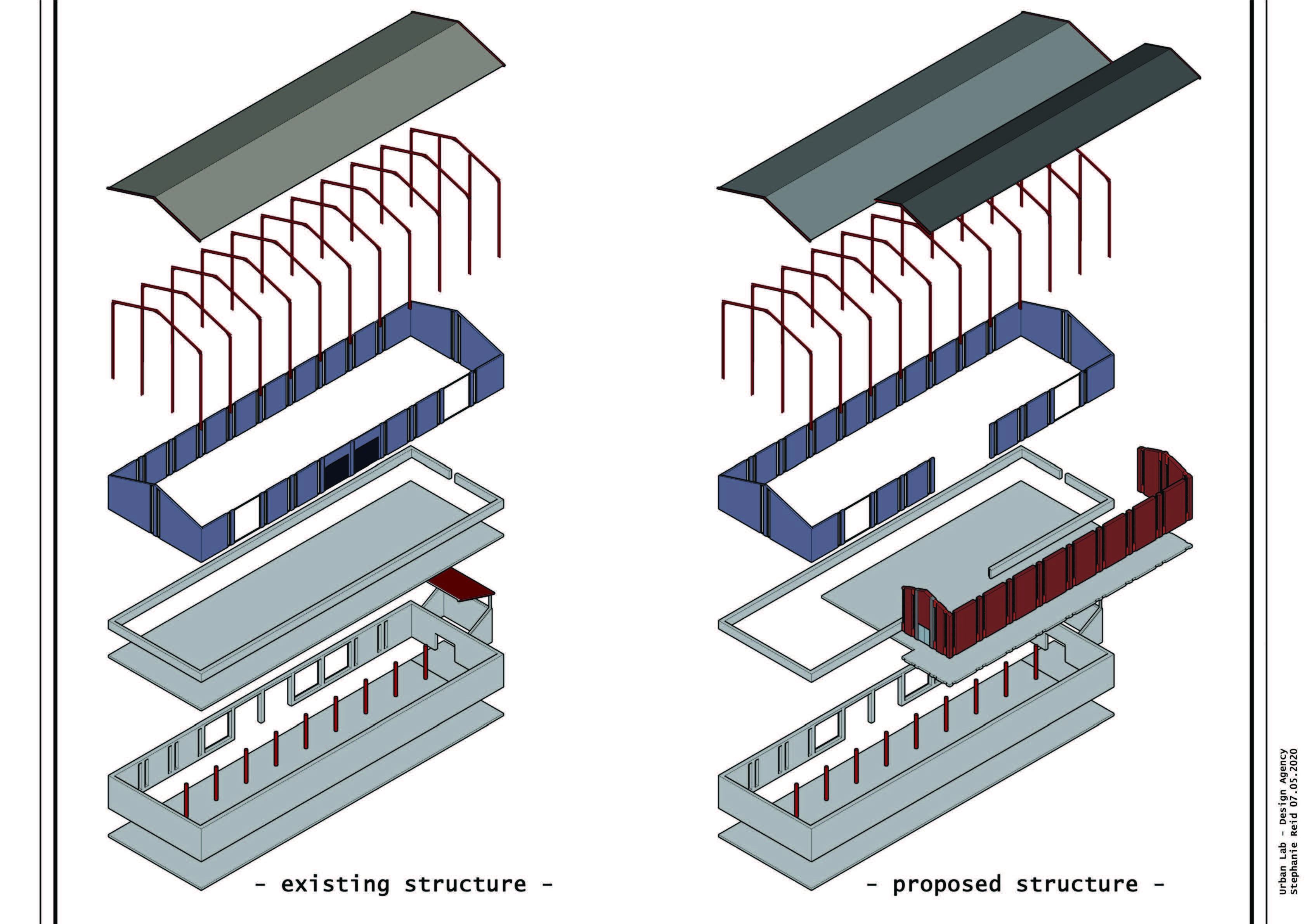






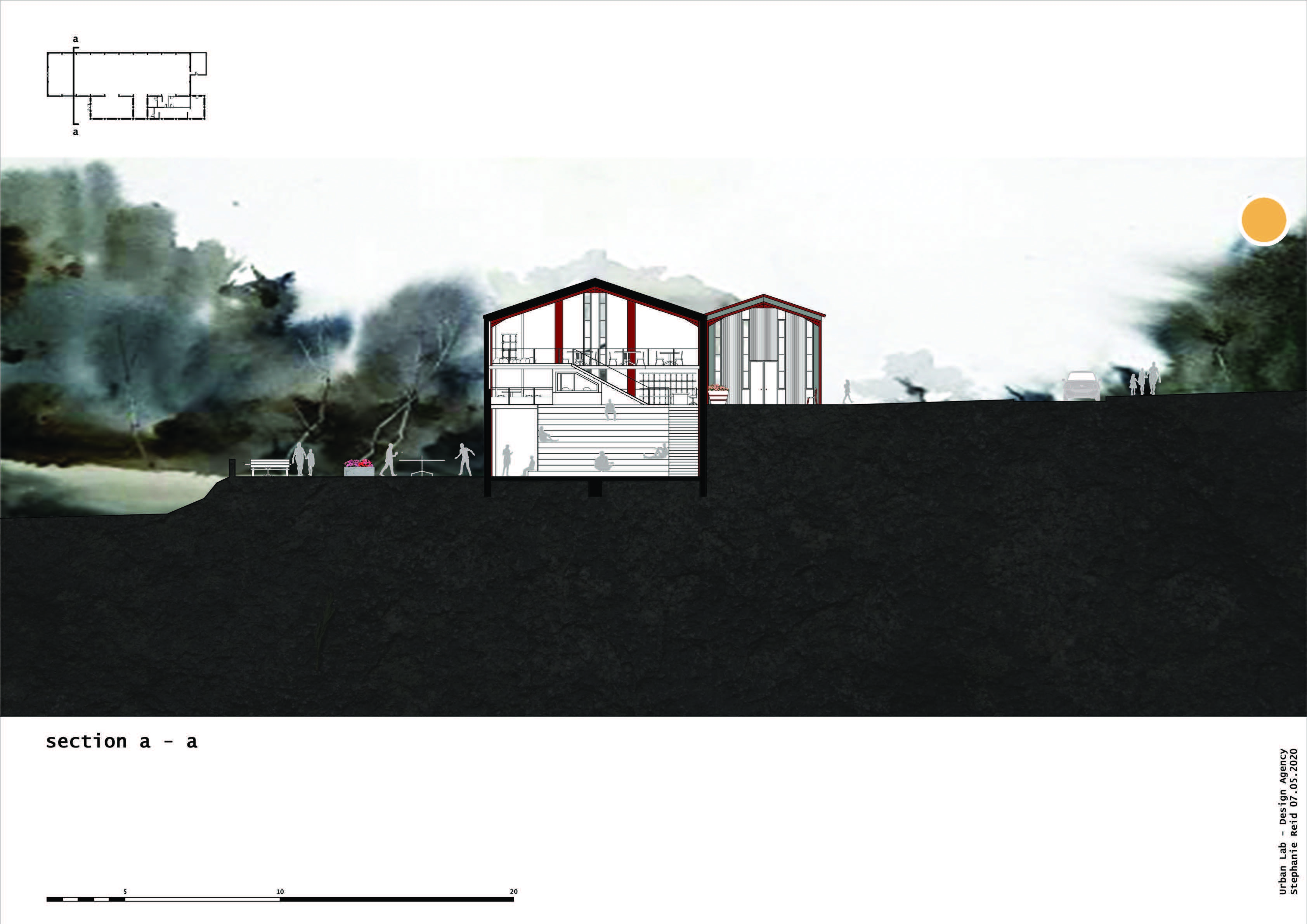

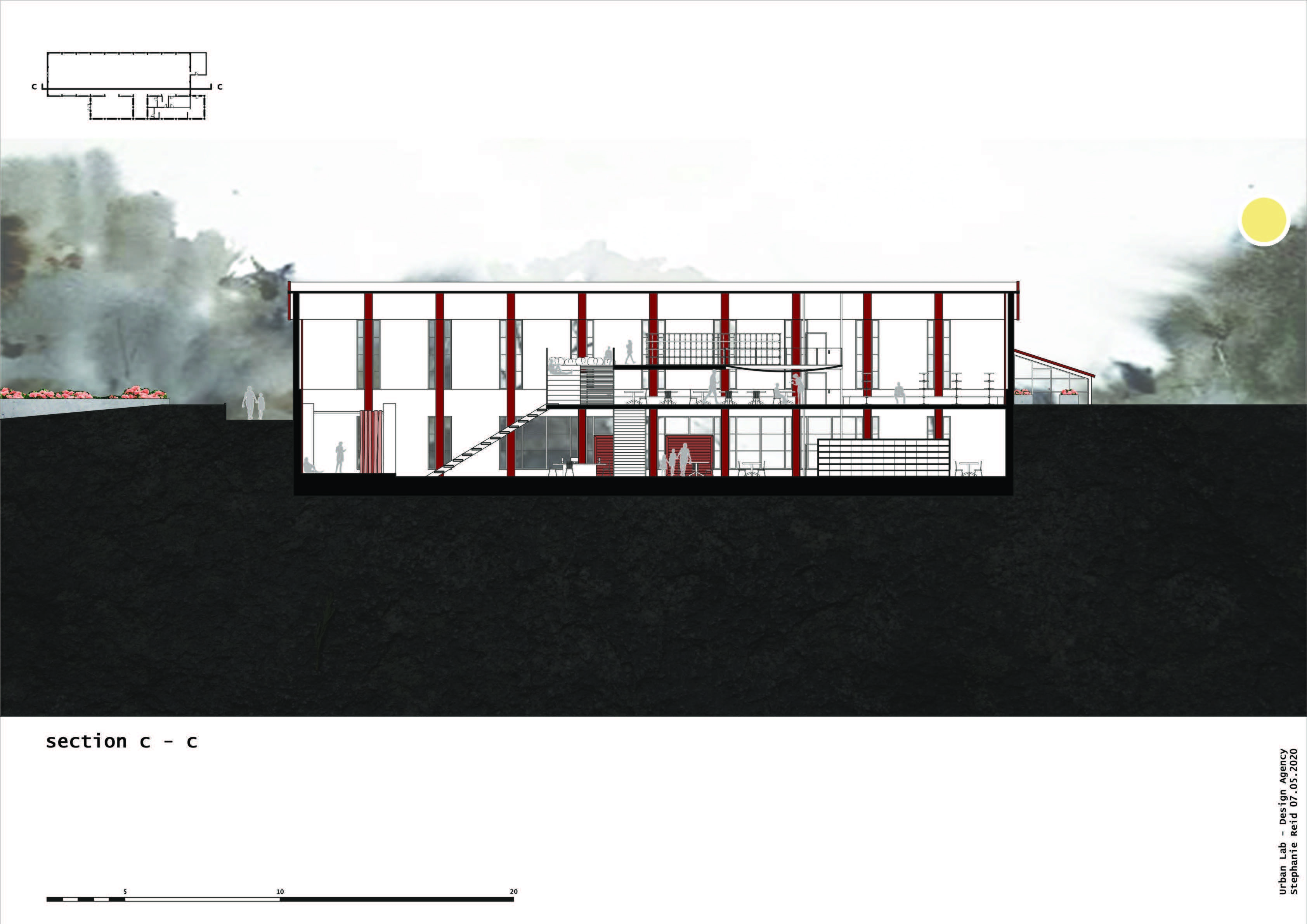





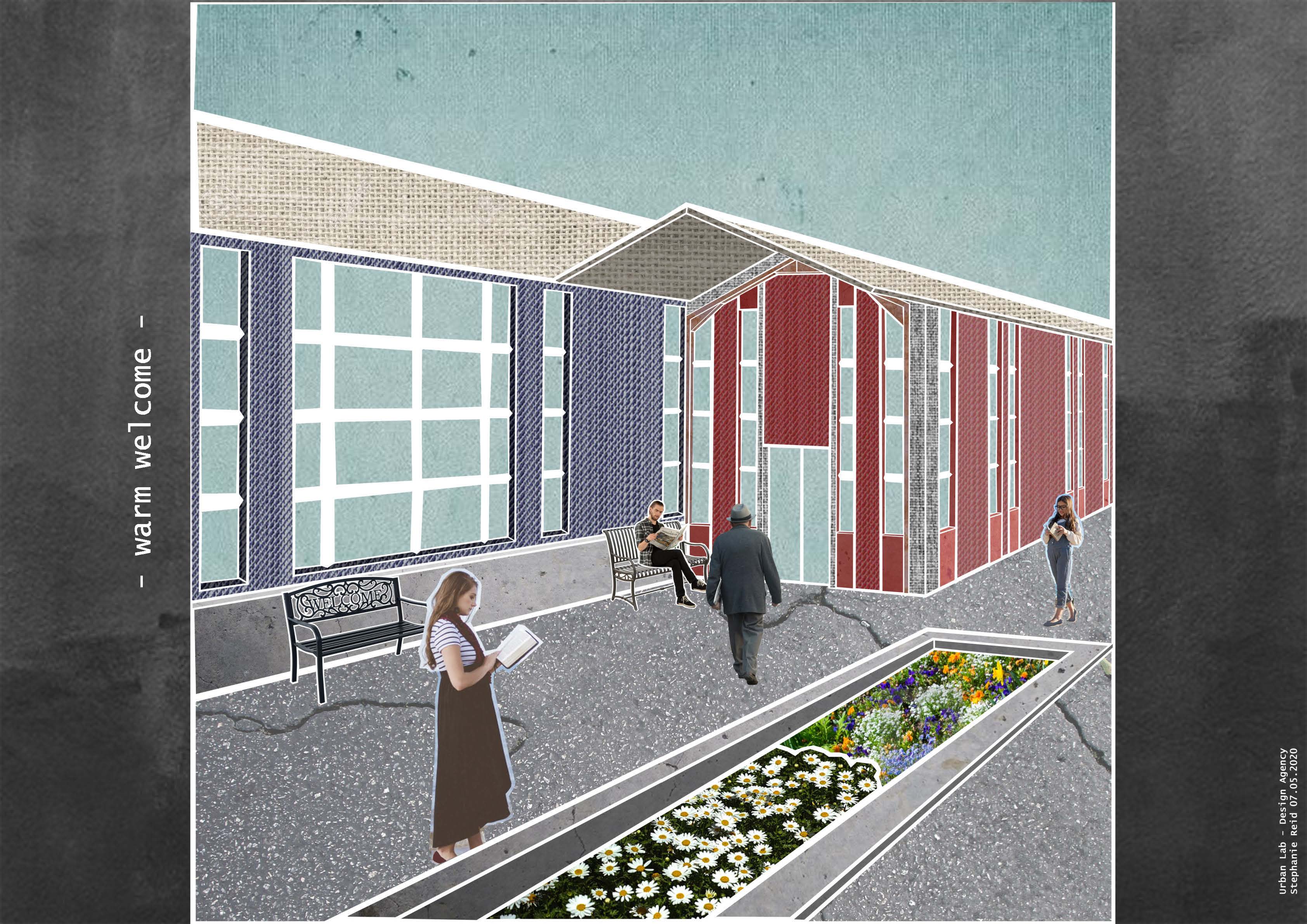

— AQQ
Urban Lab - Design Agency
